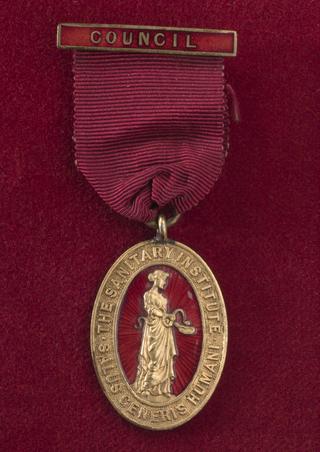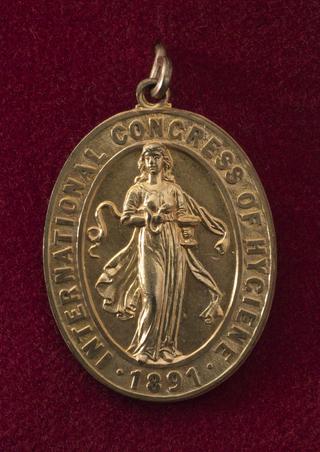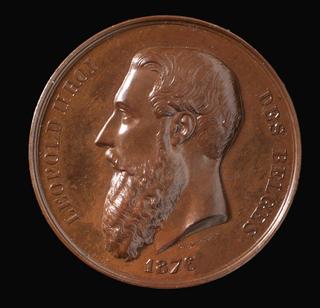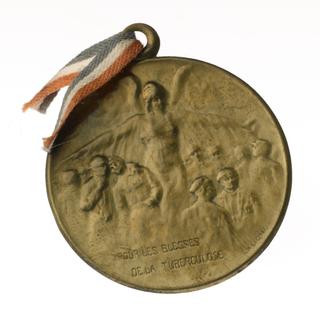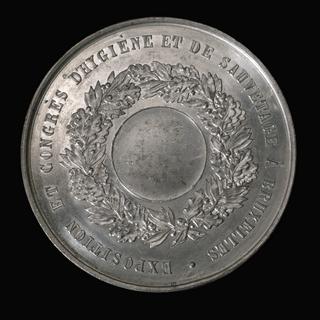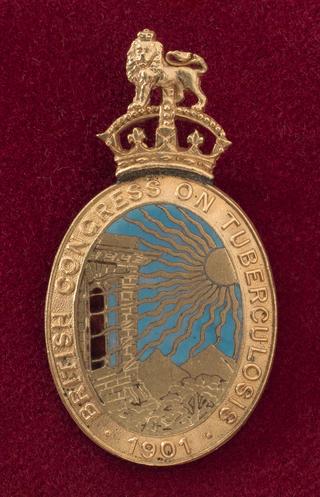




Portrait medal, bronze, 68mm, issued to commemorate the centenary of the death of Louis Braille (1809-1852), by P. Bouret, France, 1952
Louis Braille is best known for the hugely influential tactile writing system known as Braille. The Braille system was inspired by the ‘Night-Writing’ method developed by Charles Barbier, a soldier in Napoleon Bonaparte’s army, which allowed soldiers to communicate safely during the night without a light by using a raised twelve-dot system.
Louis Braille developed his own system aged 15 years old, having lost his sight at a young age. Braille is a system in which raised dots in a six-dot cell represent each letter of the alphabet as well as equivalents for punctuation marks and symbols to show letter groupings, Braille is read by moving your hands from left to right along each line. Despite its contemporary popularity, Braille did not become universal in Louis’ lifetime— he died in 1852 and it was only adopted in France and England in the late 1800s (and later worldwide).
This medal underlines the significance of Louis Braille’s contribution to society, as well as the continued use and importance of the Braille system. The Braille system is still in use in the early twenty-first century, although it is decline due to the increased usage of accessible digital technologies such as screen readers.
Details
- Category:
- Wellcome Medals
- Object Number:
- 1988-95
- Materials:
- bronze
- type:
- portrait medal
- credit:
- Eimer, C.
